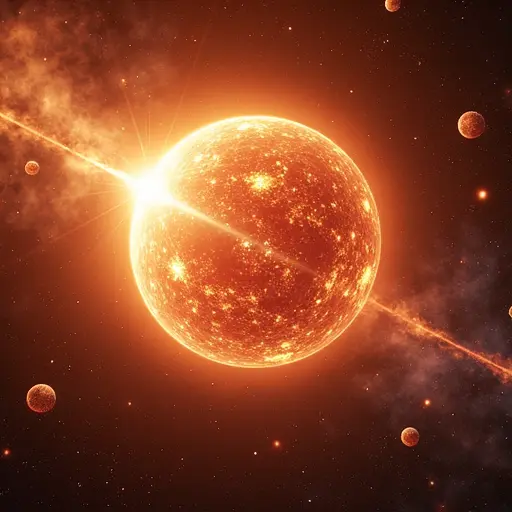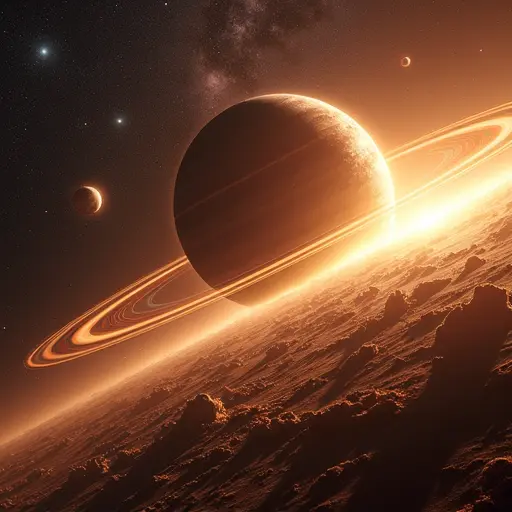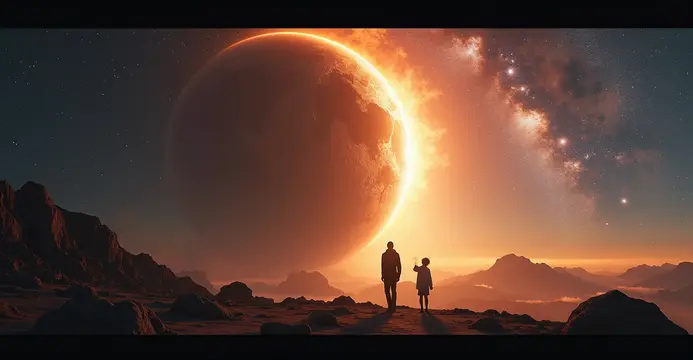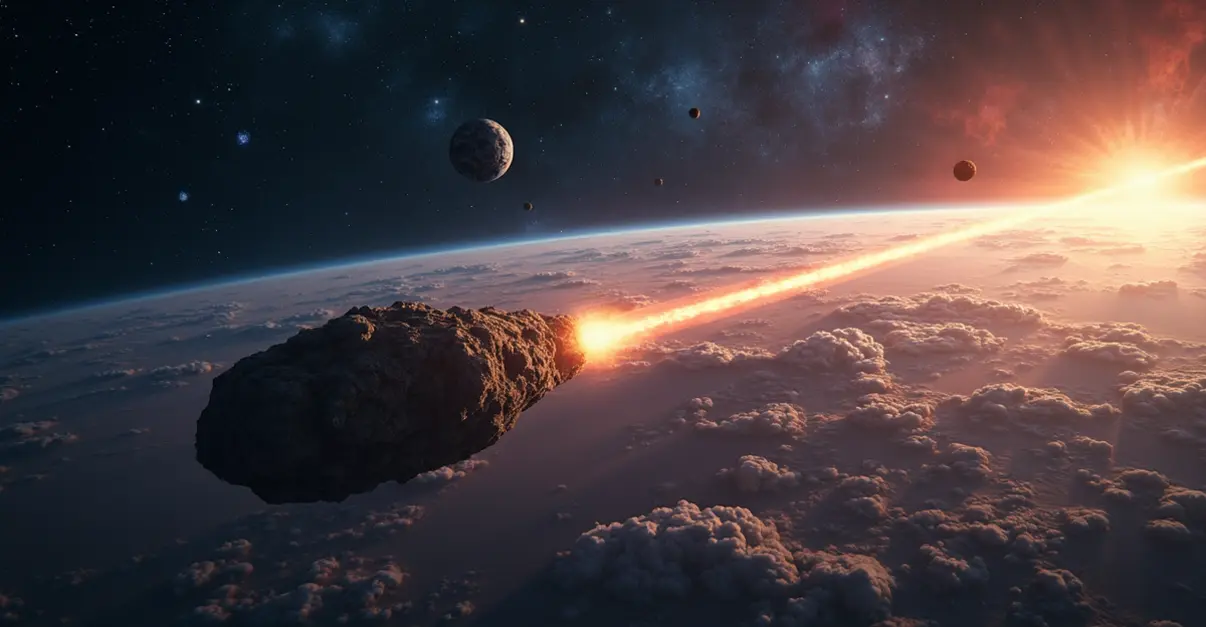NASA releases new images of interstellar comet 3I/ATLAS, the third object from outside our solar system. Multiple spacecraft captured the rare visitor, confirming it's a natural comet rich in carbon dioxide. The comet poses no threat as it passes Earth in December 2025.
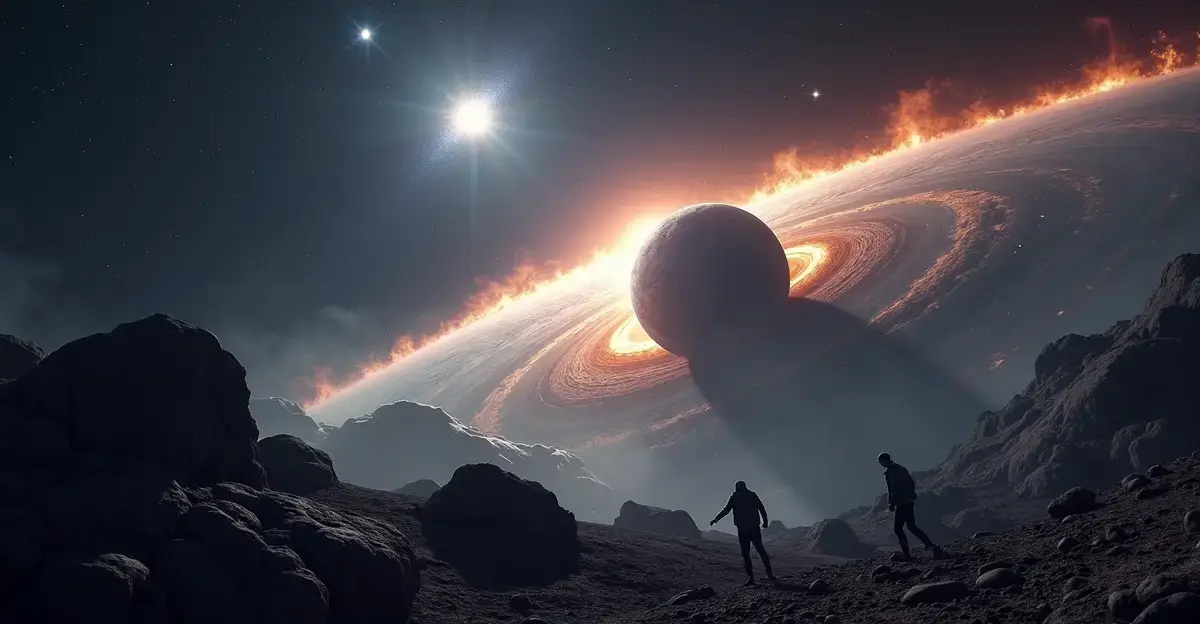
Historic Observation of Rare Interstellar Visitor
NASA has unveiled stunning new images of interstellar comet 3I/ATLAS, only the third confirmed object from outside our solar system ever observed passing through our cosmic neighborhood. The comet, discovered on July 1, 2025 by the NASA-funded ATLAS survey telescope in Chile, has been racing through our solar system at speeds exceeding 220,000 kilometers per hour (137,000 mph).
'We have pushed the instruments beyond their normal capabilities,' said Nicky Fox, associate administrator for NASA's Science Mission Directorate, during the presentation of the new images. 'This represents a truly unique opportunity to study material from another star system.'
Multiple Spacecraft Capture Rare Event
NASA coordinated an unprecedented observation campaign involving nearly 20 different space missions. The Mars Reconnaissance Orbiter captured the closest images from just 31 million kilometers away, while the James Webb Space Telescope, Mars rover Perseverance, and multiple other spacecraft contributed to the comprehensive dataset.
The Mars Reconnaissance Orbiter's HiRISE camera captured what scientists describe as a 'fuzzy white ball' - the characteristic coma of dust and gas surrounding the comet's nucleus. 'It looks like a comet, it behaves like a comet, everything points to it being a comet,' emphasized Amit Kshatriya, NASA's deputy associate administrator for exploration systems development.
Scientific Significance and Composition
Astronomers have been particularly excited about 3I/ATLAS's unusual chemical composition. Observations from the James Webb Space Telescope revealed the comet is unusually rich in carbon dioxide, with smaller amounts of water ice, water vapor, carbon monoxide, and carbonyl sulfide. This composition suggests the comet formed in a much colder region of its home star system than typical comets in our solar system.
'A comet consists of a nucleus a few kilometers across surrounded by a shell of gas and dust, so you can't see the nucleus well, and it has a tail,' explained astronomer Lucas Ellerbroek. '3I/ATLAS has all these things, and we've also discovered there's a lot of carbon dioxide present, which tells us something about where it came from in the star system it was ejected from.'
Dispelling Alien Speculation
Despite widespread speculation on social media and forums about the possibility of 3I/ATLAS being an alien spacecraft, NASA officials were unequivocal in their assessment. 'There is nothing that would lead us to believe it is anything other than a comet,' stated Nicky Fox, putting to rest theories that had circulated since the comet's discovery.
The comet follows in the footsteps of two previous interstellar visitors: 1I/'Oumuamua discovered in 2017 and 2I/Borisov in 2019. However, 3I/ATLAS represents the most comprehensive study opportunity yet, thanks to advanced instrumentation and strategic positioning of multiple spacecraft.
Future Observations and Departure
3I/ATLAS will make its closest approach to Earth on December 19, 2025, passing at a safe distance of approximately 270 million kilometers. The comet will then cross Jupiter's orbit in March 2026 before eventually leaving our solar system entirely.
'This is really a golden opportunity for astronomers,' noted Ellerbroek. 'There have already been nearly a hundred papers published about it and we'll get many more. I hope for more details about the size, composition, and orbit of the comet.'
Scientists expect to discover more interstellar objects in coming years as advanced observatories like the Vera Rubin Observatory in Chile begin operations, scanning large portions of the sky every few nights and increasing detection capabilities for these rare cosmic visitors.
For more information about NASA's observations of interstellar objects, visit NASA's official comet science page.

 Nederlands
Nederlands
 English
English
 Deutsch
Deutsch
 Français
Français
 Español
Español
 Português
Português




